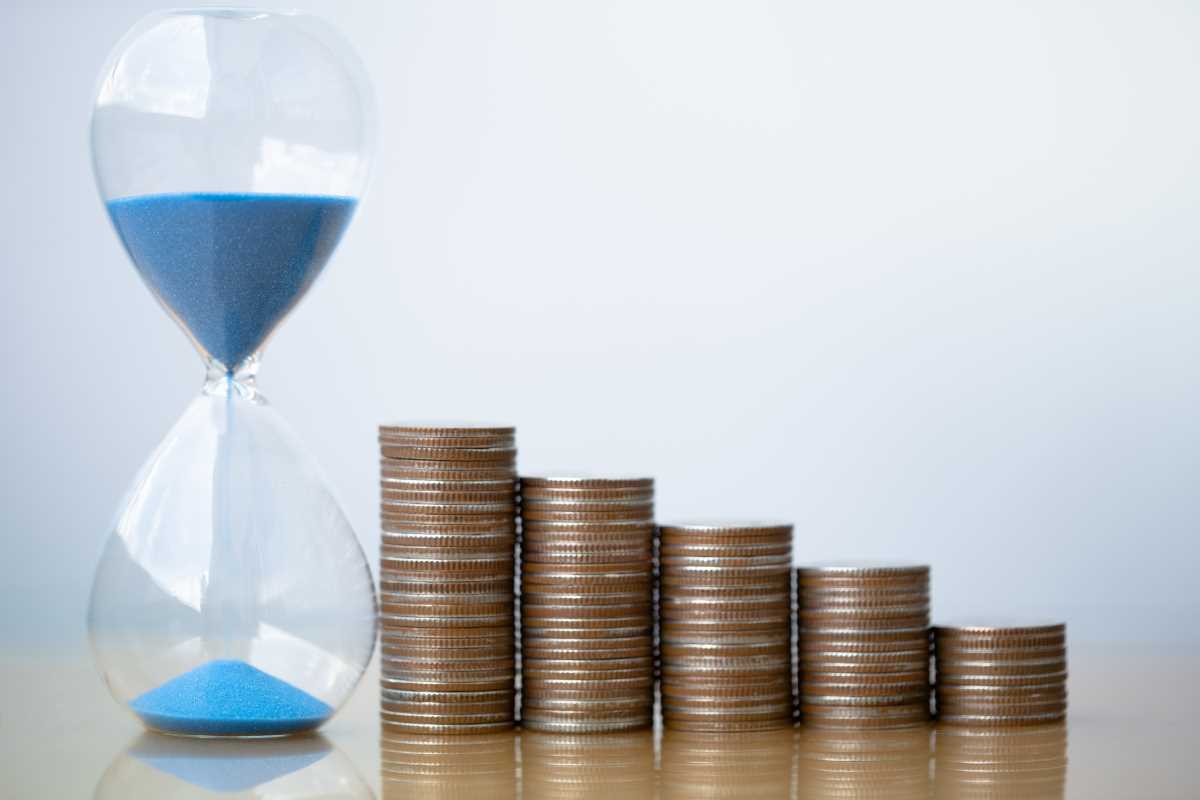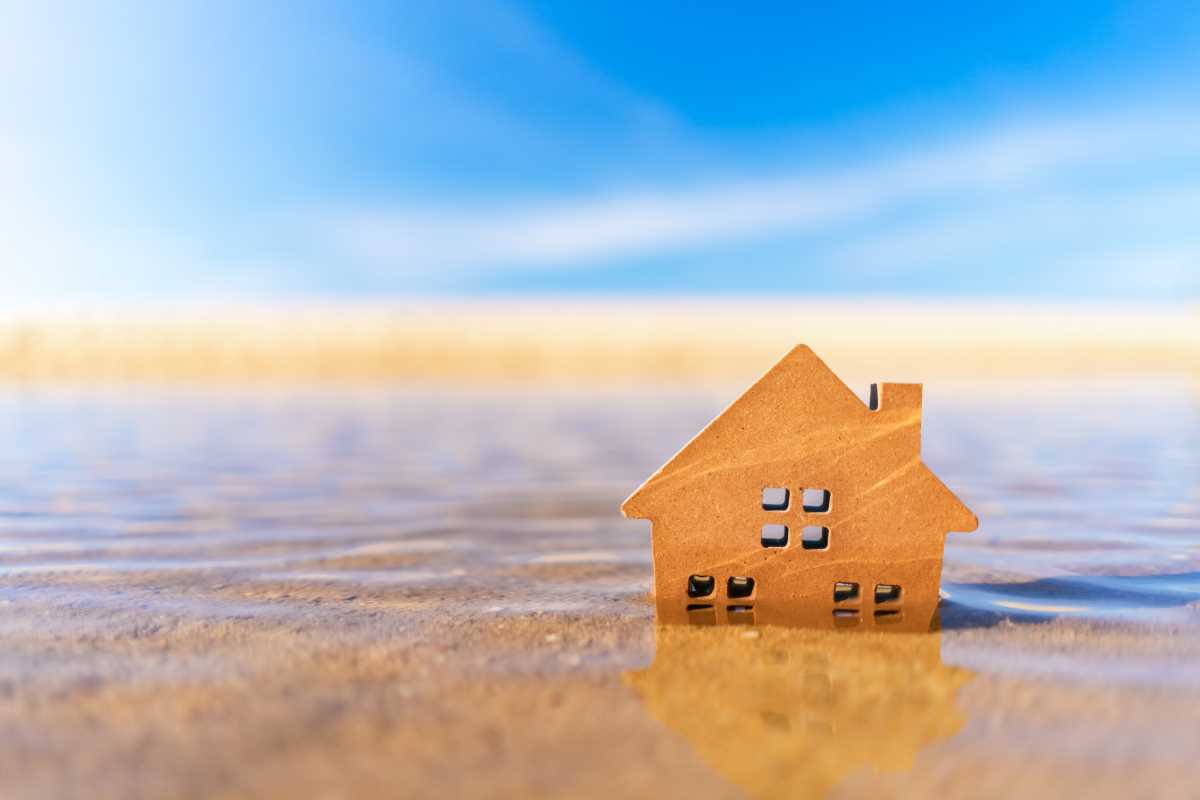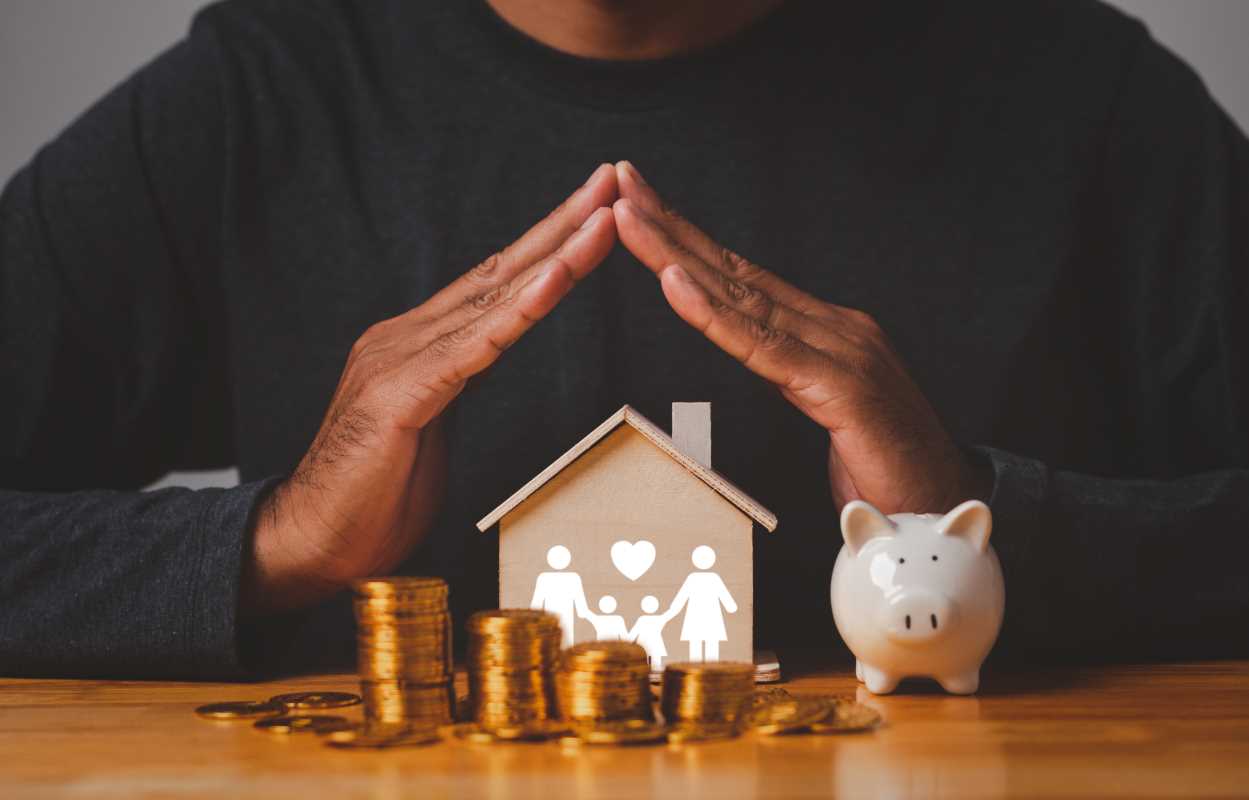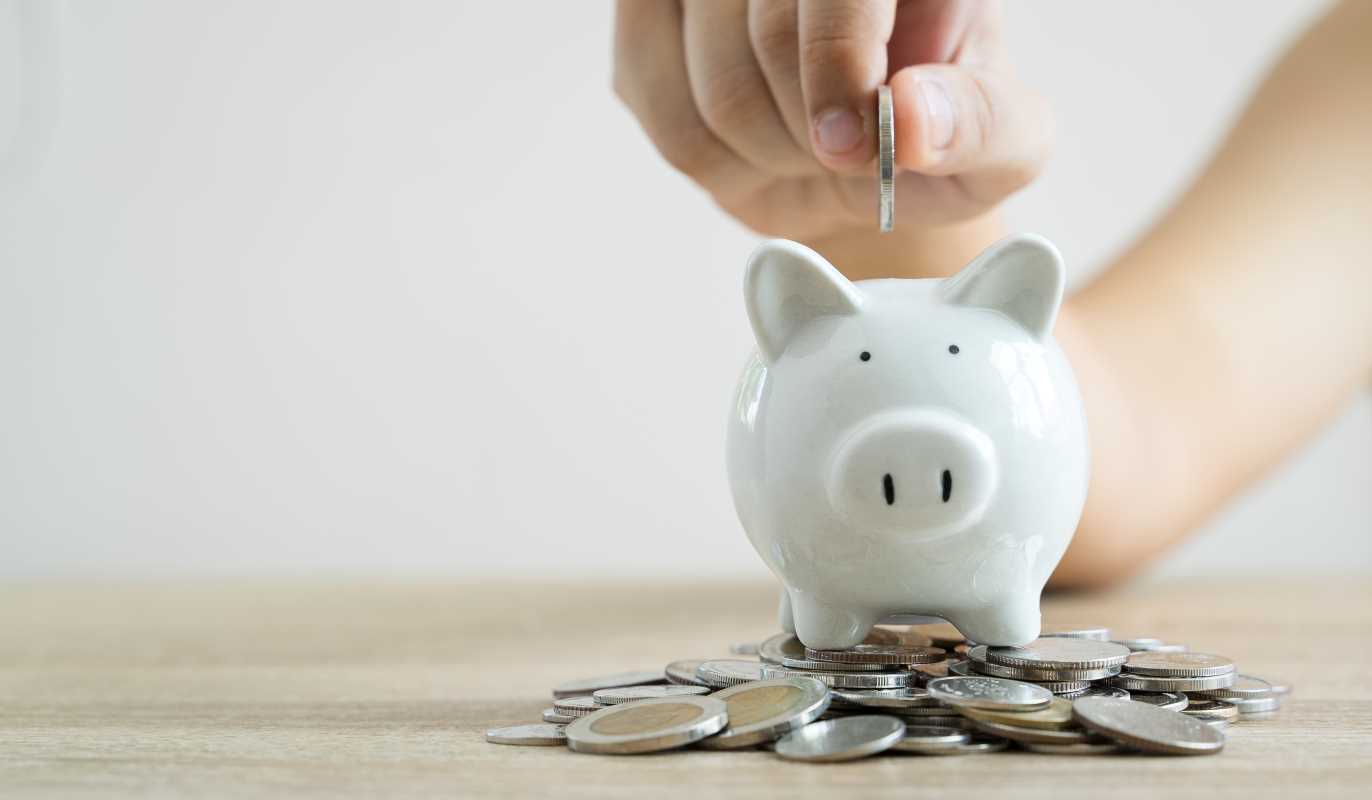Facing debt can be beyond stressful. For many struggling to make ends meet, bankruptcy might seem like the only way out. It’s not something anyone plans for, but understanding how it works can provide clarity on whether it’s the right solution for your situation. Bankruptcy doesn’t have to mean the end of your financial future. In fact, it’s designed to help people get a fresh start when debt becomes unmanageable. We're going to explain the main types of bankruptcy available to individuals, what the process involves, and what impact it can have on your life moving forward.
Chapter 7 Bankruptcy: The Basics
Chapter 7 is often referred to as “liquidation bankruptcy.” It involves selling (or liquidating) certain assets to pay off creditors. However, thanks to exemptions, most people who file under Chapter 7 can keep essential property, like their home, car, and personal belongings.
Who Qualifies for Chapter 7?
To qualify, you’ll need to pass the “means test,” which looks at your income and expenses. People with low incomes and minimal disposable cash are typically eligible for Chapter 7. If your income is above a certain level, you may need to consider Chapter 13 instead.
What Does Chapter 7 Cover?
This type of bankruptcy typically wipes out unsecured debts, including credit card balances, medical bills, and personal loans. Secured debts, like mortgages or car loans, are treated differently since they’re tied to an asset. You may need to return the asset or continue making payments if you want to keep it.
How Long Does It Last?
The process usually takes three to six months from start to finish. Once completed, most of your eligible debts are discharged, meaning you’re no longer legally required to pay them.
Chapter 13 Bankruptcy: The Basics
Chapter 13 is also known as a “reorganization bankruptcy.” Instead of liquidating assets, it lets you create a repayment plan to pay back some or all of your debts over three to five years. This option is ideal for individuals with a steady income who want to catch up on missed payments and keep important assets, like their home.
Who Qualifies for Chapter 13?
People with regular income and debts below certain limits are eligible for Chapter 13. If your income is too high to qualify for Chapter 7 or you want to avoid asset liquidation, this could be a better choice for you.
What Does Chapter 13 Cover?
Under this plan, secured debts (like your mortgage or car loan) are prioritized. Unsecured debts (like credit cards and medical bills) may not have to be paid in full, depending on your repayment plan. Any remaining unsecured debt is often discharged once the repayment period ends.
How Long Does It Last?
The repayment period usually lasts three to five years. The length of time depends on your income and the size of your debts.
The Bankruptcy Process Step by Step
Understanding what to expect during bankruptcy can make it feel less overwhelming. Here’s a basic outline of the steps involved:
- Pre-Bankruptcy Counseling: You’ll need to complete a credit counseling course from an approved agency before filing. This gives you a chance to explore alternatives and determine whether bankruptcy is the best option.
- Filing Your Case: Bankruptcy begins when you file the necessary forms with the court. This includes information about your income, expenses, debts, and assets.
- Automatic Stay: Once your case is filed, an automatic stay goes into effect. This stops most collection efforts, including calls, letters, wage garnishments, and lawsuits.
- Meeting with Creditors: You’ll attend a meeting (called a 341 meeting) with a court-appointed trustee and your creditors. This is an opportunity to answer questions about your financial situation.
- Debt Repayment or Liquidation: Depending on whether you filed Chapter 7 or Chapter 13, you’ll either complete a repayment plan or have eligible debts discharged after assets are liquidated.
- Financial Education Course: A second financial education course must be completed before your case is finalized. This helps you develop better money management skills going forward.
- Discharge of Debts: Once your case is complete, eligible debts are officially discharged, and you can begin rebuilding your financial life.
Life After Bankruptcy
Bankruptcy can have a significant impact on your financial future, both positive and negative. Here’s what to expect after filing:
The Impact on Your Credit
Bankruptcy will remain on your credit report for up to 10 years, depending on the type. Your credit score will drop initially, making it harder to get approved for loans or credit cards. You’ll have the opportunity to rebuild your credit over time by adopting better financial habits.
Financial Relief
One of the biggest benefits of bankruptcy is the immediate relief it provides. With collection calls stopped and debts resolved, you’ll have breathing room to focus on rebuilding your finances without constant stress.
Rebuilding Your Credit
You can take proactive steps to rebuild your credit after bankruptcy, such as:
- Using a secured credit card responsibly.
- Making on-time payments on any remaining debts.
- Checking your credit report regularly to ensure accuracy.
Budgeting for the Future
Creating a budget and building an emergency fund are key to staying on track after bankruptcy. These habits can help prevent financial troubles from recurring.
Alternatives to Bankruptcy
Bankruptcy isn’t the only option for handling debt. Depending on your situation, you may want to consider these alternatives before filing:
- Debt Settlement: Negotiating with creditors to settle your debts for less than what you owe.
- Debt Management Plan: Working with a credit counseling agency to create a repayment plan.
- Negotiating with Creditors Directly: Asking creditors for reduced payments or interest rates.
Each option has pros and cons, and a financial counselor can help you decide what’s best for you.
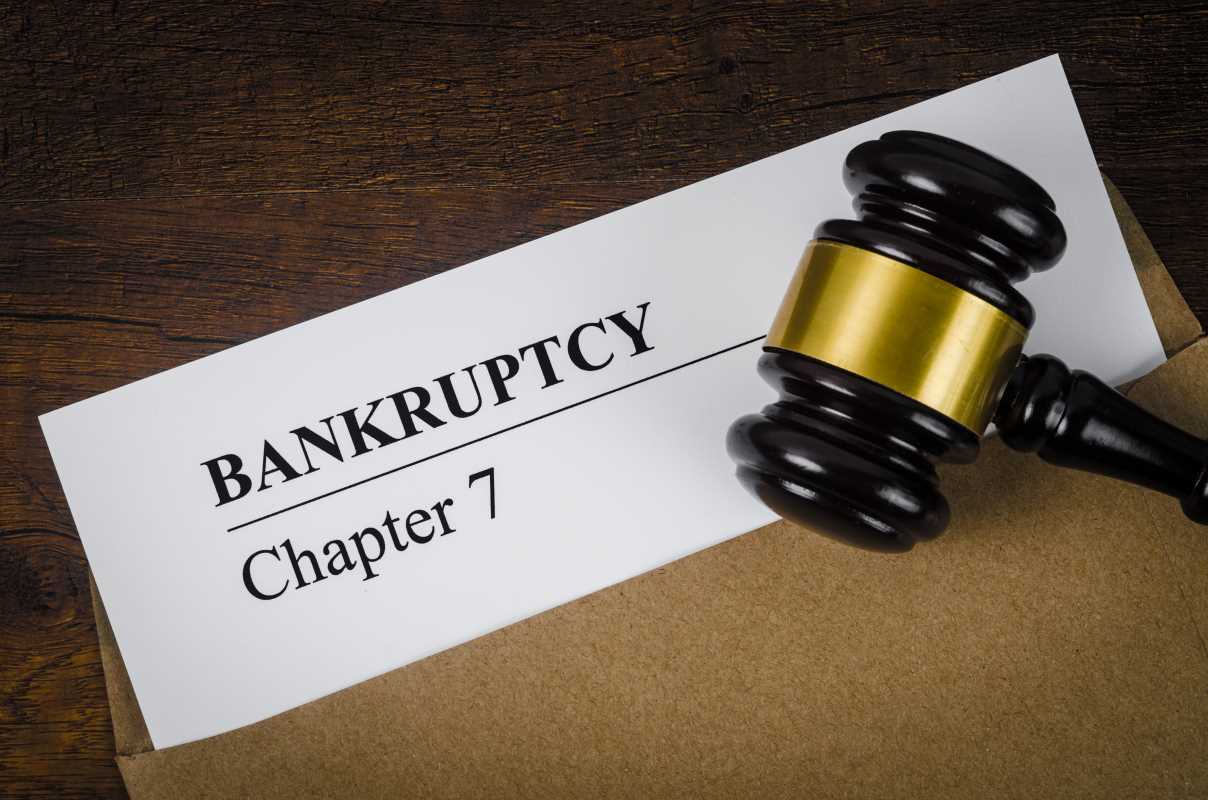 (Image via
(Image via
